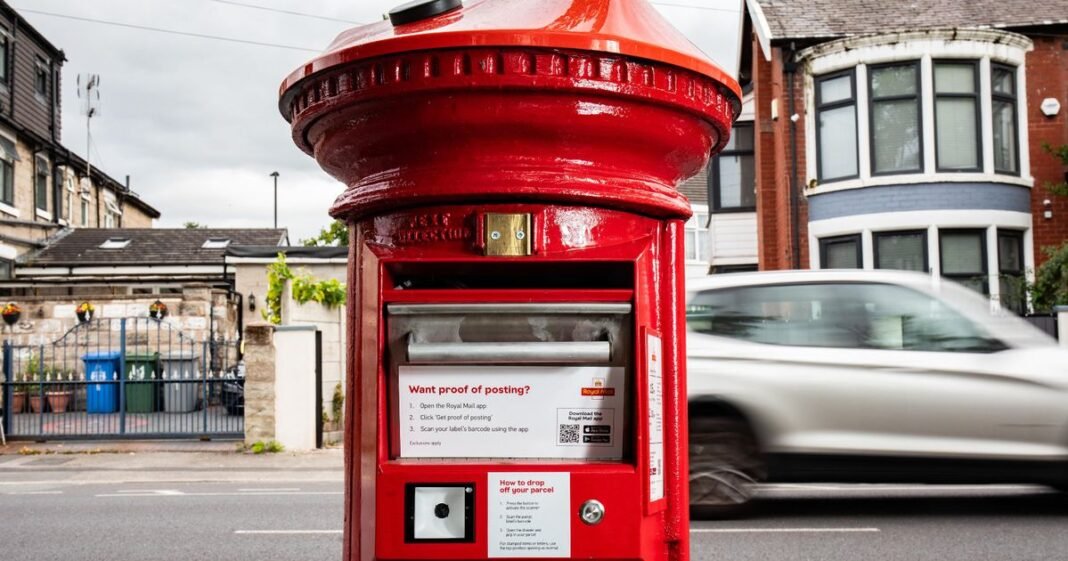Royal Mail has introduced a significant redesign to its traditional red postboxes, marking the most extensive change in 175 years. The postal service is launching 3,500 innovative “postboxes of the future” that are solar-powered, following a successful trial earlier this year. These new postboxes will incorporate a barcode scanner that triggers a drop-down drawer for parcel deposits.
The solar panel powering this feature will be strategically positioned south-facing to maximize sunlight absorption. With this new design, customers will have the convenience of sending and receiving labeled parcels up to the size of a shoebox. Additionally, there will still be a dedicated slot for posting letters, and customers can utilize the Royal Mail app to request proof of posting and track their mail.
After a successful pilot in Hertfordshire and Cambridgeshire in April, these new postboxes are now being rolled out across England, Scotland, Wales, and Northern Ireland. The initial cities to witness their installation include Edinburgh, Manchester, Nottingham, Sheffield, and Sunderland. Royal Mail is also expanding its parcel points network.
Presently, there are over 23,500 locations where customers can send, collect, and return parcels, including 2,000 lockers, 7,500 Collect+ stores, 11,500 Post Office branches, 1,200 Royal Mail Customer Service Points, and 1,400 parcel postboxes. Jack Clarkson, the Managing Director of Out of Home and Commercial Excellence at Royal Mail, emphasized the growing trend of parcel shipments due to increased online shopping, with postboxes serving as a convenient drop-off network.
Royal Mail recently received approval from Ofcom to adjust its second-class post delivery schedule to alternate weekdays, excluding Saturdays. Despite this change, Royal Mail aims to maintain a target of delivering second-class letters within three working days. Notably, first-class post will continue to be delivered six days a week, from Monday to Saturday.
Ofcom estimates that the reduction in second-class deliveries could save Royal Mail between £250 million and £425 million. This decision is driven by the decrease in the volume of letters being delivered to UK households, which has significantly declined from 20 billion two decades ago to 6.6 billion presently.

